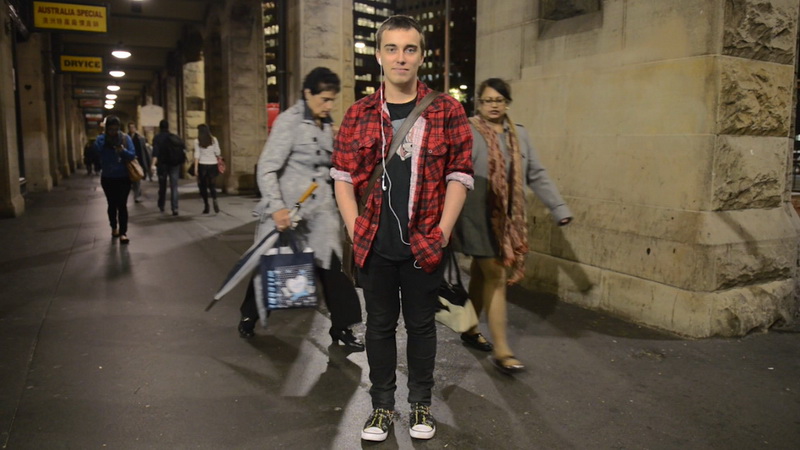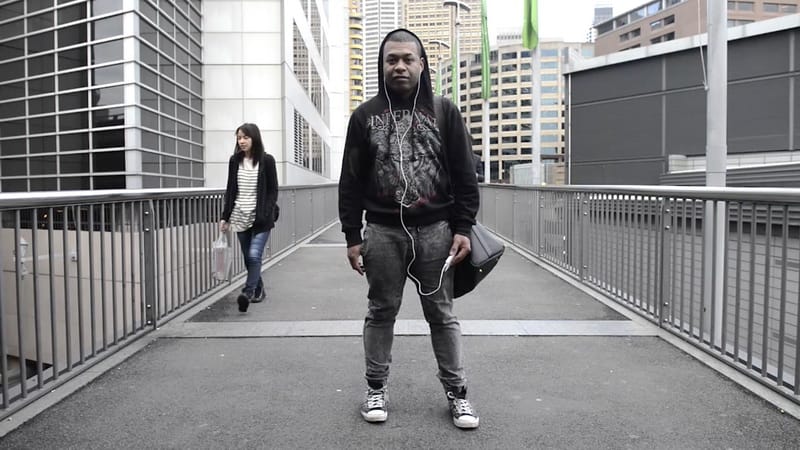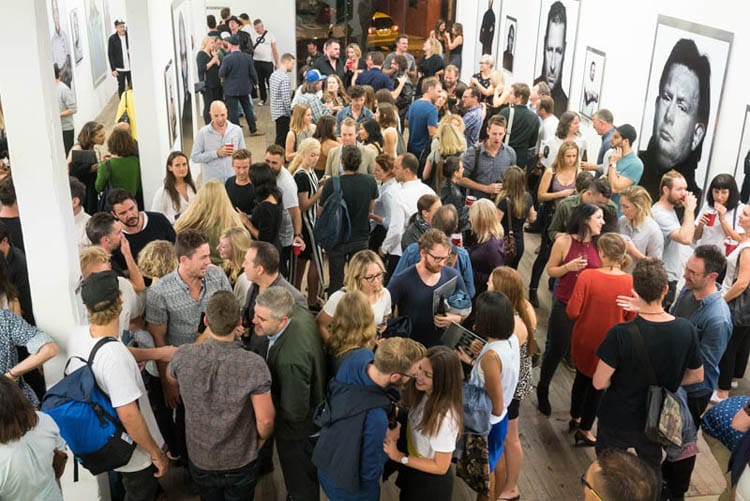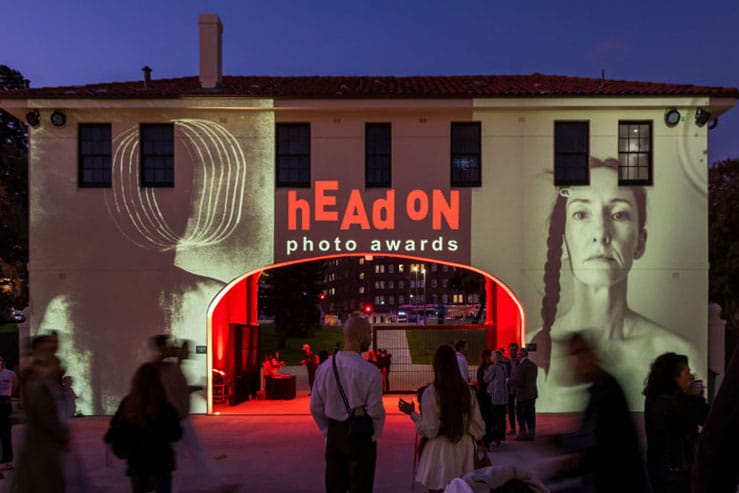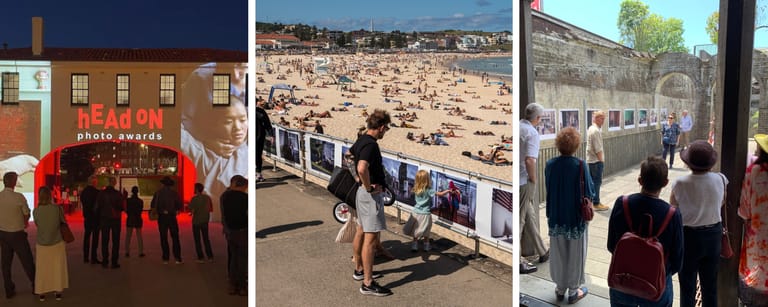Welcome to our new feature “The Best Lesson I Learned in Photography…” with Head On Photo Festival finalists and exhibitors.
Welcome to our new feature “The Best Lesson I Learned in Photography…” where we’ll be asking Head On Prize Finalists and previous exhibitors what the best lesson they learned about photography is. It could be some poignant advice given to them, a hard lesson learned from a technical glitch or some words of wisdom from a fellow photographer!
We’re starting with Moving Image Prize winner Dan Gray.
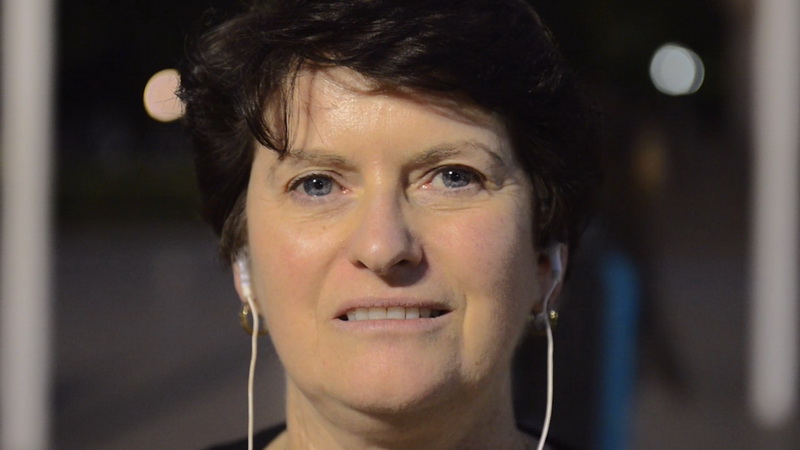
Here’s what Dan has to say about his Best Lessons Learned:
Best lesson, hard to have just one… I think probably the most useful lessons have probably been practical rather than creative or technical, and they all centre around professionalism, or if people don’t aspire to be a professional photographer, then I guess preparedness.
I feel like the Internet can educate people with a degree of talent how to take better pictures. The thing you don’t get so easily are those lessons that you either learn from experience or from other photographers.
1) A photographer without a camera is not a photographer. In a professional sense this means always have a spare camera capable enough to do at least the minimum that would be expected of your assignment. In an enthusiast sense this might not mean have a spare camera, but maybe a spare battery. You’ve gone up to the top of the Rockefeller Center at Sunset to photograph the Manhattan skyline, paid your US$30, got your tripod sorted, and waited until the moment is just right… but wait, three shots in you’ve got a flat battery! I might have done this on holiday recently… fortunately I had my phone and a toy camera handy. I’d never be so blasé on a paid gig. When someone is paying you it is critical that you are prepared for as many possibilities as you can think of – for me this is the difference between a professional and an amateur – eg. no one wants to repeat their wedding because you dropped your only camera.
2) Always have at least one back-up of your work, and always keep it separate from your original. I rarely leave a job without having a second copy of digital files on some other media. This is not enough however – keep them separate!
I recently had what could have been my worst professional experience. I’d travelled to Brisbane to do a job. My client bought flights, I hired an assistant and a make-up artist, and 20 or so people took time out of their day to have a portrait. I left the job with a copy of the shots on my laptop and another on a USB stick. So far so good. I had both things separate – the USB in my pocket and the laptop in the camera bag. Then it went pear shaped.
My flight back to Sydney was over an hour late. When I finally went to get on the plane my carry-on was overweight so I had to separate all my equipment and laptop before they’d let me board. I’d been up since 4:30am, I wasn’t thinking clearly. When I finally sat down on the plane I made a crucial mistake. The USB key that was in my pocket felt a little insecure. Thinking I was being careful I took it out of my pocket and slipped it into my laptop sleeve before putting laptop, sleeve and USB key together in the seat back… where they stayed when I got off the plane at 10:30pm!
Long story short it all worked out in the end thanks to Find My Mac, an ineffective thief and the worlds most patient client. But, I could have avoided 10 anxious days of AWOL photos if I’d kept the two copies of my work separate. You can insure laptops, you can even insure re-shoot fees, but no-one wants a do-over.
As a side note, this logic applies in perpetuity… have two separate copies, on separate media, if not three, of any work worth keeping. Also, what you think is worth keeping might change – i.e. someone in the background of one of your photos might become famous, or infamous, and what you thought was trash might suddenly be valuable, even if still trashy.
3) The more work you put in before a shoot the freer you’ll be to create come shoot time. To paraphrase dead poet Samuel Taylor Coleridge, they who are best prepared can best serve their moment of inspiration.
Dan’s work can be found here. Or you can follow him on Instagram, Twitter or Facebook!
